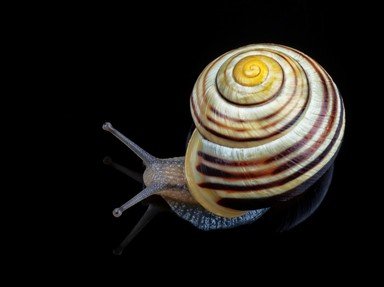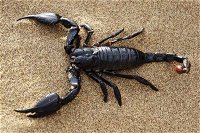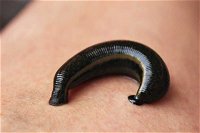
Veritably Invertebrate Trivia Quiz
Classify the Invertebrates
Insects always seem to steal the show when it comes to the invertebrate world, but there is a veritable world of other organisms that inhabit the various phyla lacking a vertebral column. Can you match them to their correct groups?
by trident.
Estimated time: 3 mins.











